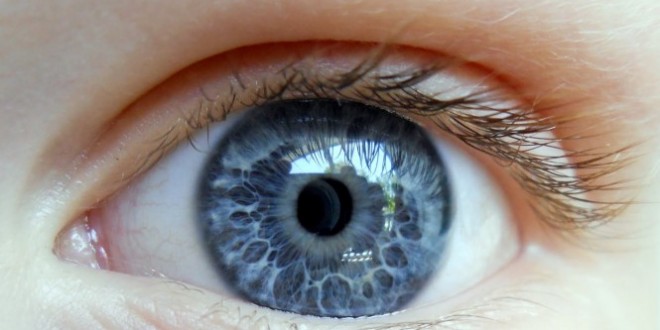Possible Link Between Eye Color and Alcoholism Risk Revealed in New Study.
There’s a new potential clue in the ongoing effort to understand the genetic links to alcoholism: eye color.
The work, led by Arvis Sulovari, a doctoral student in cellular, molecular and biomedical sciences, and Assistant Professor of Microbiology and Molecular Genetics Dawei Li, Ph.D., is the first to make a direct connection between a person’s eye color and alcohol dependence. The results of the research, published in the July issue of the American Journal of Medical Genetics: Neuropsychiatric Genetics (Part B), suggest the hope of finding the roots of not only alcoholism, but also many other psychiatric illnesses.
“This suggests an intriguing possibility – that eye color can be useful in the clinic for alcohol dependence diagnosis,” Sulovari says.
The authors found that primarily European Americans with light-colored eyes – including green, grey and brown in the center – had a higher incidence of alcohol dependency than those with dark brown eyes, with the strongest tendency among blue-eyed individuals. The study outlines the genetic components that determine eye color and shows that they line up along the same chromosome as the genes related to excessive alcohol use.
But, Li says, “we still don’t know the reason” and more research is needed.
Li came to UVM in 2012 and has studied psychiatric genetics for a decade. During that time, he has worked with physicians and scientists throughout the Northeast who have collaborated to build a clinical and genetic database of more than 10,000 individuals, mostly African Americans and European Americans, diagnosed with at least one psychiatric illness. Many have multiple diagnoses of diseases, including depression, schizophrenia and bipolar disorder, as well as addiction and alcohol or drug dependence.
“These are complex disorders,” he says. “There are many genes, and there are many environmental triggers.”
From that extensive database, Li’s and Sulovari’s study filtered out the alcohol-dependent patients with European ancestry, a total of 1,263 samples. After Sulovari noticed the eye-color connection, they retested their analysis three times, arranging and rearranging the groups to compare age, gender and different ethnic or geographic backgrounds, such as southern and northern parts of the continent.
Next, Li wants to delve deeper into the relationship between cultural background and genetic makeup, continuing his quest to find the mechanisms of mental illness. His greatest challenge: All the genes identified in the past 20 years “can only explain a small percentage of the genetics part that has been suggested,” he says. “A large number is still missing, is still unknown.”
Li just submitted a grant application to pursue those missing genes and is working on another proposal for funding to continue that pursuit using the large database of patient samples. His work with Sulovari has provided a strong stepping-stone, he says.
“What has fascinated me the most about this work has been investigating the interface between statistics, informatics and biology,” says Sulovari. “It’s an incredible opportunity to study genomics in the context of complex human diseases.”
Agencies/Canadajournal
 Canada Journal – News of the World Articles and videos to bring you the biggest Canadian news stories from across the country every day
Canada Journal – News of the World Articles and videos to bring you the biggest Canadian news stories from across the country every day




Li should come to western Canada and study the First Nation members who have a plague of alcoholism but mostly don’t have blue eyes. Definitely there is a genetic component to it since the tendency runs in families and in some countries such as Finland.